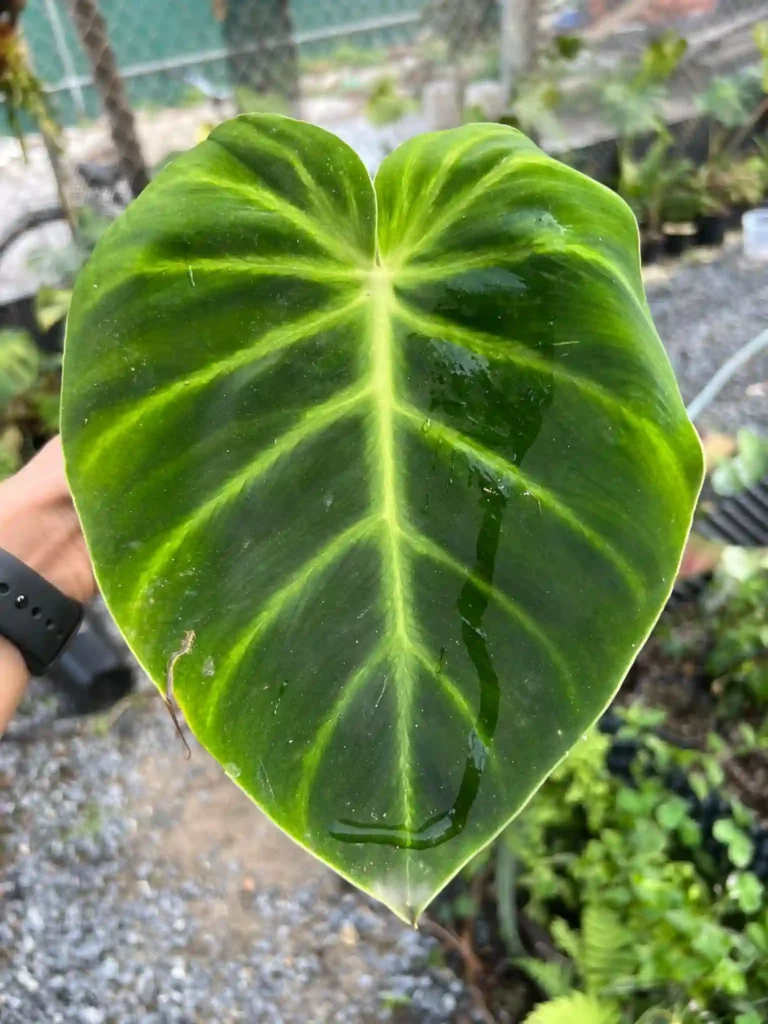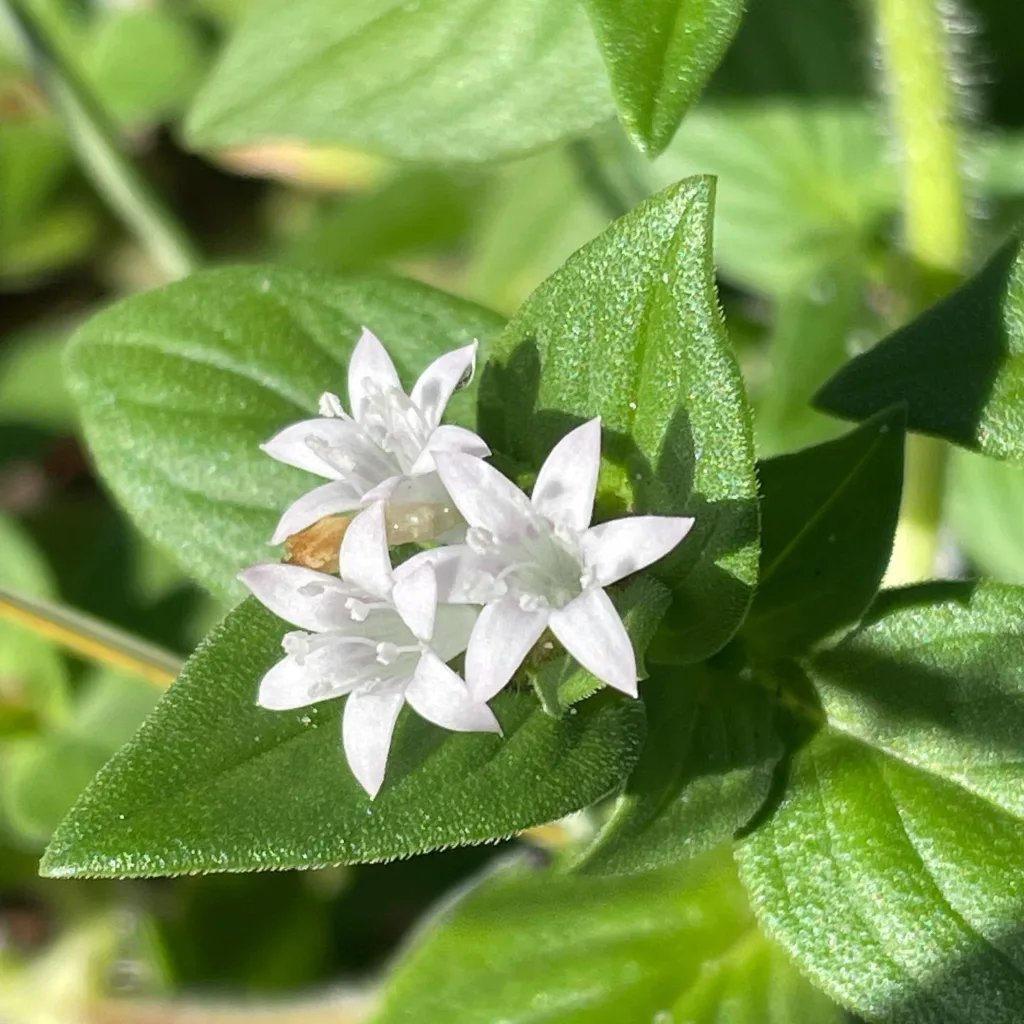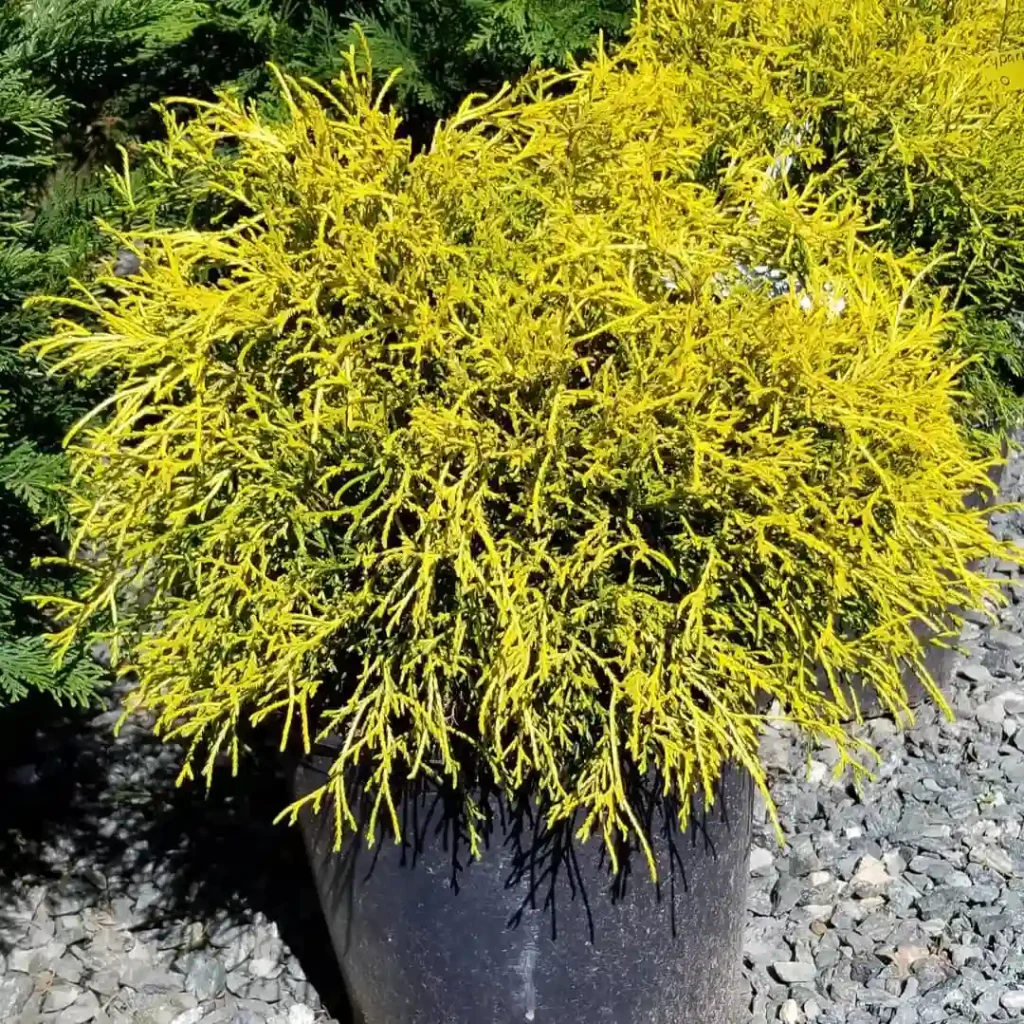
Walter’s Viburnum: A Versatile Beauty for Your Landscape
As a landscape designer, I’m always on the lookout for plants that are not only beautiful but also adaptable and easy to care for. Walter’s Viburnum (Viburnum obovatum) ticks all those boxes and more. This native southeastern US shrub has become a favorite of mine, and I often recommend it to my clients.
206 Species in Genus Viburnum
Walter’s Viburnum offers a range of benefits that make it a valuable addition to any garden. It’s a versatile plant that can be shaped into a stunning shrub or even a small tree. The attractive, dark green leaves add year-round interest, while the clusters of white flowers in spring and the blue-black berries in fall provide bursts of color and attract pollinators.
Here, I’d like to share my experience with Walter’s Viburnum and provide some helpful tips for incorporating this lovely plant into your landscape.
What to Plant With Walter’s Viburnum?
Since Walter’s Viburnum thrives in a variety of conditions, you have many options for companion plants. Here are a few ideas:
- For contrasting foliage: Consider pairing it with plants that have lighter green or variegated leaves, like Golden Euonymus or Variegated Liriope.
- For a burst of color: Plant it near spring-blooming Azaleas or summer-flowering Roses for a vibrant display.
- For added texture: Mix it with ornamental grasses like Maidenhair Grass or Purple Fountain Grass for a dynamic look.
How to Care for Walter’s Viburnum?
Walter’s Viburnum is a low-maintenance plant, but a little TLC goes a long way. Here’s what you need to know:
- Light: This shrub thrives in full sun to partial shade. In hotter climates, afternoon shade is beneficial.
- Soil: It prefers moist, well-drained soil. Amend your soil with compost if necessary to improve drainage.
- Watering: Water deeply and regularly during the first year, especially during hot and dry periods. Once established, it’s fairly drought-tolerant.
- Fertilizing: A light application of balanced fertilizer in spring can encourage healthy growth.
When to Prune Walter’s Viburnum?
Walter’s Viburnum is generally a slow grower, but regular pruning can help maintain its desired shape and size.
- The best time to prune is in late winter or early spring before new growth emerges.
- Remove any dead, diseased, or damaged branches.
- You can also shape the plant by cutting back overgrown branches. Be mindful not to remove more than one-third of the plant’s growth at a time.
How to Prune Walter’s Viburnum?
Pruning Walter’s Viburnum is a straightforward process:
- Use sharp, clean pruning shears or loppers for a clean cut.
- Make your cuts at a 45-degree angle just above a bud facing outward. This will encourage new growth in the desired direction.
- For a bushier appearance, prune lightly throughout the growing season by pinching off new growth tips.
Is Dwarf Walter’s Viburnum Deer-resistant?
Unfortunately, no plant is truly deer-proof. However, Walter’s Viburnum, including dwarf varieties, is generally considered deer-resistant. The taste and smell of the leaves tend to deter deer. If deer pressure is high in your area, you might consider planting other deer-resistant companions as a deterrent.
Additional Tips
- Walter’s Viburnum is a versatile plant that can be propagated by cuttings or seeds. However, propagation by seeds can be slow and may not always produce plants with the same characteristics as the parent plant.
- This shrub is generally pest and disease resistant, but keep an eye out for common landscape problems like aphids or scale. Insecticidal soap or neem oil can be used for control if necessary.
By following these tips, you can enjoy the beauty and benefits of Walter’s Viburnum in your own landscape. This easy-care shrub is a valuable addition to any garden, offering year-round interest and attracting wildlife. So, consider adding a touch of southern charm to your yard with a Walter’s Viburnum.
If i die, water my plants!



